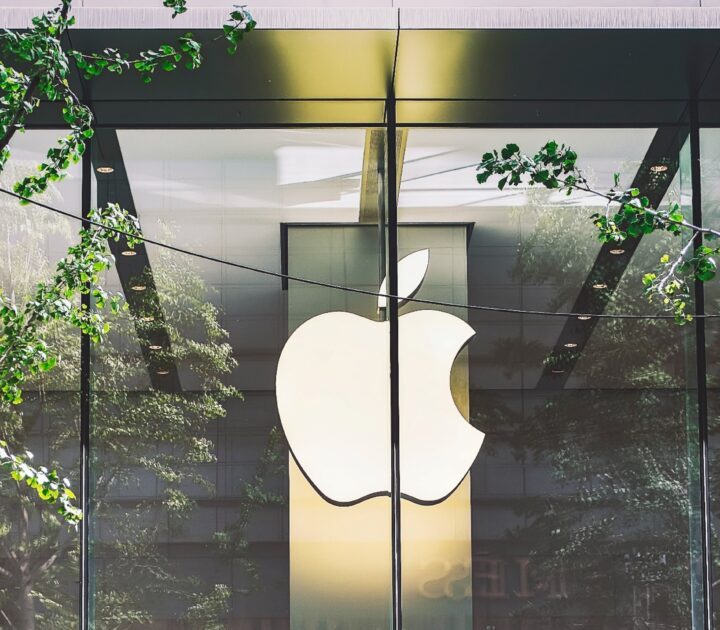Companies have often grappled with the “ownership” of their brands. Ultimately, the brand is simply what it represents in the minds of consumers. Strong brands generate strong emotions and consumers can have a real sense of ownership – and an equal willingness to criticize decisions that affect that brand in ways that they do not like. When The Coca-Cola Company tinkered with its formula and introduced New Coke in the mid-80s, the subsequent uproar from consumers forced a u-turn.
It used to be said that consumers having a negative experience with a brand might tell as many as ten people whereas those with positive experiences might tell only as few as three. In other words, negative word of mouth spread faster than the positive. The advent of the internet and various social media facilitates opinionated consumers to exchange ideas and influence others. Word of mouth has been turbo charged. Opinions reach billions. Consumers have formed a collective. They have unionized.
The free-flowing exchange of information, the inter-connectedness of consumers, has changed the marketplace. Now, the market bears many of the characteristics of an organization, albeit a loosely formed one. The famous u-turn imposed on Coke by its consumers stands out as a rare, iconic moment in marketing history, when consumers exerted control over the legal brand owner. It will be less of a rarity in the future.
To avoid the wrath of the aligned masses, it now makes more sense to treat customers as one might employees — with Facebook replacing the watercooler — who need to be prepared for and supported through major changes, rather than as wallets with demographic data attached.
Like employees, consumers now need to be managed, nurtured; change must be introduced carefully and with great tact. Springing changes on our connected consumers of the 21st century can go spectacularly wrong, as Gap learned at a great expense last year. On October 4th, out of the blue and with little explanation, it launched a new logo. Two days later, it was energetically defending its new look against criticism from designers (“a shockingly poor attempt at a rebrand”) and customers (“cheap and nasty”; “it sucks”; “boring, just like their clothes”).
On October 11th it dropped the new logo and went back to its old marque.
Now compare this with the way in which Starbucks changed its logo. It started the year before with an announcement that explained what it planned to do and why it was planning to do it. It explained it wanted to be more than a coffee company, hence the second word in its name, Starbucks Coffee, would be dropped. By reassuring customers that its core values were not changing, that coffee would always be important, its change has, by and large, been accepted.
Thinking of how we manage employees might help us as we grapple with the new phenomenon of the connected consumer.
Managing Customers
1. Communication: To employees’ eyes, their employers can always improve communication — there should be more, or there should be less; communication should be timely and/or more regular etc. The connected consumer similarly places high demands on the brands he buys. And, he is not afraid to ridicule communications that are inconsistent or poorly thought through. A brief scan of YouTube illustrates the point – countless user-generated parodies of advertisements are available, with many viewed much more than the original.
2. Motivation: What motivates consumers to buy or to be loyal to a brand is even more important nowadays. As the number of touch-points between the brand and the consumer proliferate, it is important that the messaging from the brand is consistent with the motivations of the consumer.
3. Delegation: Many companies are already involving the connected consumer in a variety of interesting ways. Pepsi has put aside some of its advertising budget for it to be allocated to worthy projects as determined by votes from its consumer base. Companies are co-creating products and solutions with consumers. The key issue, as with the case of managing employees, is what do we delegate to consumers and what do we keep for determination by management. Involving consumers in even the most simple of decisions can have unintended consequences as Next, the UK-based clothing chain, learned when it put the determination of its models for 2011 to popular vote and customers selected a model that did not reflect the Next brand “image.”
4. Accessibility: Employees like employers to have an “open door” policy, whether it is to HR, or their boss. Similarly, brands should have an open invitation to consumers, whether it is to complain or compliment. Many companies now go beyond passively waiting for consumers to contact them to complain and operate a sort of outreach program, where blogs, chat rooms etc. are scanned to address issues being discussed among consumers and deal with product or service concerns proactively.
5. Learn from mistakes, openly: Good managers learn from their mistakes and the same is true when dealing with connected consumers. Marketing-savvy companies have grappled with the impact of Facebook, Twitter etc., where opinion, whether ill-informed or ill-intentioned, can flow freely. Even Procter & Gamble has mis-fired, having struggled to quell (incorrect) suspicions that a change to its Pampers product caused diaper rash. However, after much time simply denying the problem and quoting statistics, P&G admitted that it could have handled the situation better and that it needs to consider the impact of public internet forums. Such an admission can restore the faith of P&G loyalists.
6. Fairness: Nobody likes to be treated “unfairly” and the connected consumer can be quite vocal if he perceives an injustice. However, fair need not necessarily mean equal. Consumers can be valuable to companies because they buy large volumes and perhaps those who buy more should receive a lower per unit price. However, even consumers who do not purchase much might be of great value because they can, for example, refer other customers to a brand, give positive reviews, provide suggestions for improvements etc. and this value should be rewarded.
The connected consumer is here to stay. Firms should accept that relationships between consumers play a greater role in consumer decision-making than before, with a consequent diminution of the relationship of the consumer with the brand. Dialog, not monolog, represents the future, and successful firms will actively participate rather than dictate. Truly engaging with the community of connected consumers asks a great deal of today’s marketing organizations. And, the target is moving as the ways and means that that community interconnects evolves with time.
John Walsh is Professor of Marketing at IMD. This article is based on a presentation that he gave during the Orchestrating Winning Performance program, on which he teaches.

![How AI gives Taobao's one billion customers the personal touch [Video]](https://www.imd.org/ibyimd/wp-content/uploads/2024/03/TheInterview-ChrisTung-IbyIMD-TopBanner-5_4-1250x1000-1-720x630.jpg)






